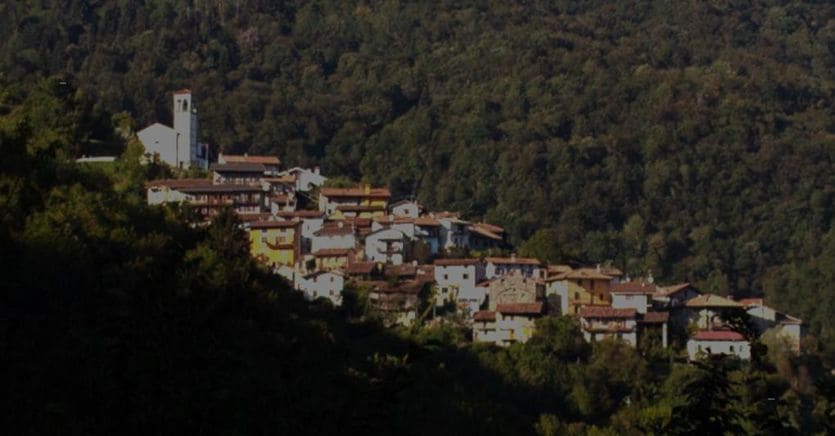The president of the European Commission Ursula von der Leyen opened the New European Bauhaus festival on 9 June at the Maxxi museum in Rome. This festival – strongly supported by von der Leyen – has rewarded European artists and designers who have demonstrated that they can find solutions to combine art with sustainability. But they are not, those realities that have proposed new forms of coexistence and life in public spaces have also been awarded. Crucial issue for all those countries, very numerous in Italy, at risk of depopulation. The ecological transition will not only concern the energy sources of supply, but also the materials, and therefore the spaces in which we live. For this reason, according to von der Leyen, the Green Deal cannot be realized if this process is not perceived as fair in terms of the benefits it will bring to communities. This will be true both from an economic point of view, but also in aesthetic terms. The Green Deal must therefore “have a heart” in the words of the President of the European Commission. Hence the idea of launching a new movement that encompasses the principles of just transition. Like the one that characterized the Bauhaus which in 1919 wanted to reinvent the material world so that it reflected the unity of all the arts.
Among the winning projects Topolò / Topolove – The Village as a House
Among the winning projects, in the category “Prioritizing the places and people that needed the most”, is Topolò / Topolove – The Village as a House. Topolò is a very small village in Friuli which is located on the border with Slovenia. It is currently inhabited by 20 people, most of whom were pensioners born in Topolò, but also by four boys of the Robida collective who are under thirty years old. Time in this almost completely abandoned place is marked by the seasons. The most introverted and reflective winter one, dedicated to production and writing. Harvest, because the frost allows you to use few spaces. Contrasted to the summer one, facing outwards and characterized by creativity and experimentation thanks to the activities organized by the Robida collective that host artists in the village. In this period all the fabric of the town is used, the houses of Topolò reopen and are experienced as if they were rooms in the same house. This way of living the village comes from a very concrete life experience. When the Robida collective moved to Topolò many houses lacked essential services, such as bathroom, kitchen and internet to work. In order to carry out daily activities, the boys of the collective had to move from house to house to access the buildings with the services they needed. This experience meant that the bond with the place was strengthened, but also that the care spaces – which are generally limited to one’s own home – widened and involved the homes of others. Even the streets of the town that were lived as the corridors of a house, the forest as the garden. From this experience dictated by real needs led to think of the experience of life in an Italian country, where there are often abandoned places with buildings extremely damaged that can no longer be used according to a traditional conception of life in a home. “I think it is important that this award went to such a peripheral place, also inhabited by the Slovenian minority in Italy” – says Vida Rucli of Collettivo Robida – “I hope it will be a change of course towards this border area that over the years has constantly emptied “.
